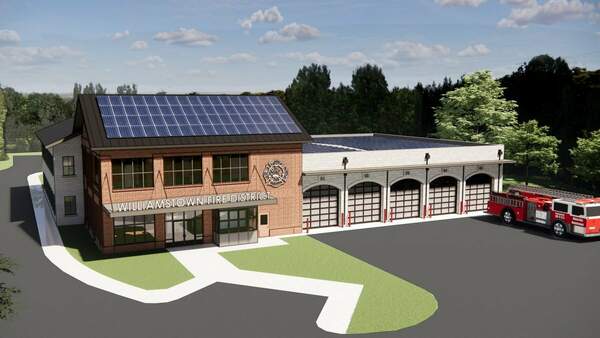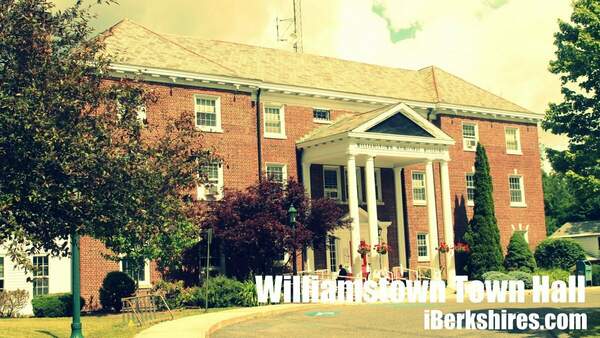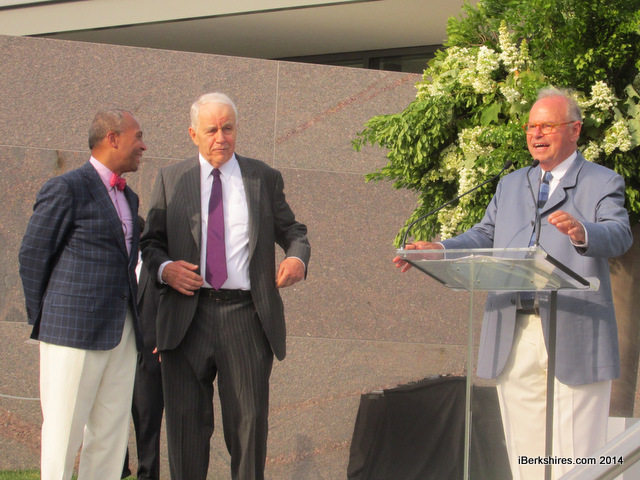
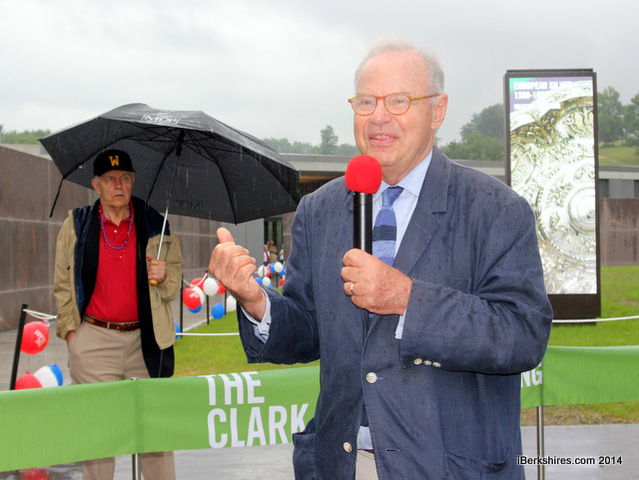
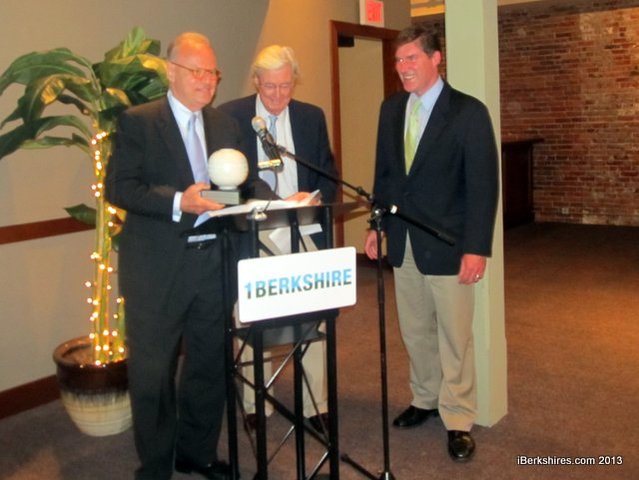
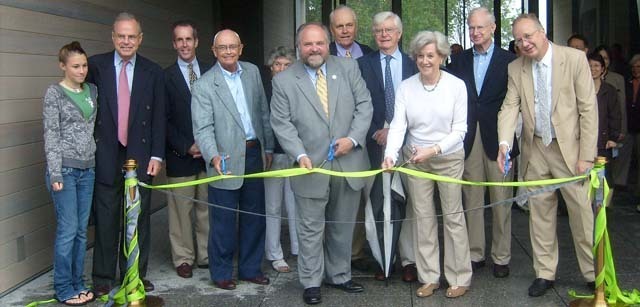
Conforti Retiring From Clark Art Institute
.jpg) Michael Conforti is retiring from the Clark Art Institute after 20 years as director. Michael Conforti is retiring from the Clark Art Institute after 20 years as director. |
WILLIAMSTOWN, Mass. — The Clark Art Institute's Michael Conforti is retiring after 20 years in leading the internationally known museum.
"It's a moment in time, really it's time," Conforti said of Thursday's announcement. "We've established such a special foundation with the building program virutally done.
"I'm very confident that there will be another level for the next director."
Conforti, recently named the Felda and Dena Hardymon Director in recognition of the Hardymons' donation of $15 million to the museum, will continue with the museum for the next five months as a committee is empaneled to search for his successor.
The next director will have some big shoes to fill.
Since his appointment in November 1994, Conforti has been widely credited for his transformational leadership of the Institute and is recognized as a leading innovator and advocate in the museum community.
He has overseen a nearly complete transformation of the campus and exhibition space, beginning with a master planning process in the late 1990s. The next decade and a half saw the development of Stone Hill and the massive $145 million expansion of gallery space and visitor space, and a realignment of the campus.
"We're very fortunate in seeing a lot of the ideas of the '90s coming to be," he said. "This was extraordinary and extraordinally well received. ...
"I've been thrilled by the positive critical acceptance of that building."
The new visitors center received the 2014 Apollo Award for Museum Opening of the Year, he noted, and credited the work of the museum's staff, board of directors and architectural team in making it happen. "That's really an honor that relates to the extraordinary achievement of our team.
"It's really been about the work of many that has brought the Clark the accomplishment of international recognition."
The new building is very "pretty envelope," he said, but more importantly a space to contain the burgeoning artistic and educational programming the Clark had envisioned.
"I'm proudest of the program growth that required that building."
Included in that programming are the special exhibition programs that have won acclaim for their rigorous scholarship and promotion of new thinking on a diverse range of subjects. According to the Clark, the museum has initiated a number of international programs, including a recent tour of its French paintings collection, which drew more than 2.4 million visitors in 12 cities across Europe, Asia, and North America, as well as exhibitions and cultural exchange programs in partnership with Chinese museums. Conforti gave form to the Clark's Research and Academic Program that has become a leading academic forum for the field. The program has welcomed more than 300 scholars from 27 nations who have pursued fellowships at the institute, and has played a central role in linking art historians and scholars through engagements in Africa, Asia, and Europe. The institute's endowment has grown from $128 million to $357 million, and its art and library collections have expanded considerably through important gifts and acquisitions. These include the 2007 gift of more than 300 works that established the Manton Collection of British Art with an accompanying $50 million in funding — making it the largest gift to an American museum in that year.
The Clark has played a critical role in the region's economy, and is estimated to add another $54 million with last year's reopening.
"Driven by his creativity, determination, and energy, Michael has overseen a period of exceptional progress at the Clark," said Andreas Halvorsen and Robert Scott, chairman and vice chairman, respectively, of the Clark's board of trustees, in a statement. "His commitment to the Clark's role in advancing and extending the public understanding of art has been inspirational. We are deeply grateful to Michael for his vision and extraordinary work."
As for Conforti, he's very much looking forward to retirement after the last few hectic years.
He's been planning for at least a year, as the final touches on the reconstruction were completed and the next few exhibits scheduled out. He and his wife, Licia, purchased a home last year and will continue to be based in the Berkshires.
"I'm a person who believes that retirement is a good thing," he said. "The notion of being bored ... assuming that even happens, I'm embracing the idea of the retirement. I may do something very unbusy."
Editor's note: complete write-thru and comments from Conforti added at 4:19 p.m.
Tags: Clark Art, retirement,

 WILLIAMSTOWN, Mass. — The Prudential Committee on Wednesday signed off on more than $1 million in cost cutting measures for the planned Main Street fire station.
WILLIAMSTOWN, Mass. — The Prudential Committee on Wednesday signed off on more than $1 million in cost cutting measures for the planned Main Street fire station.